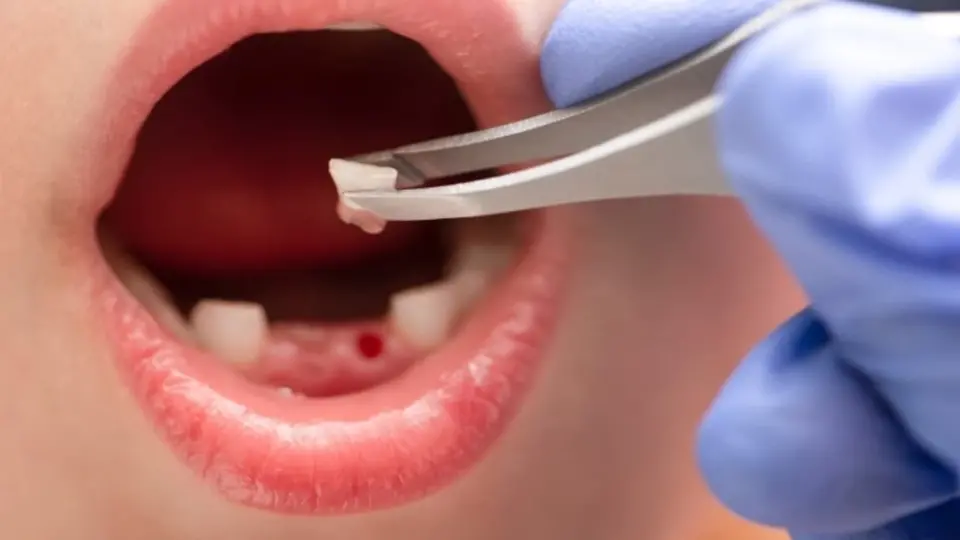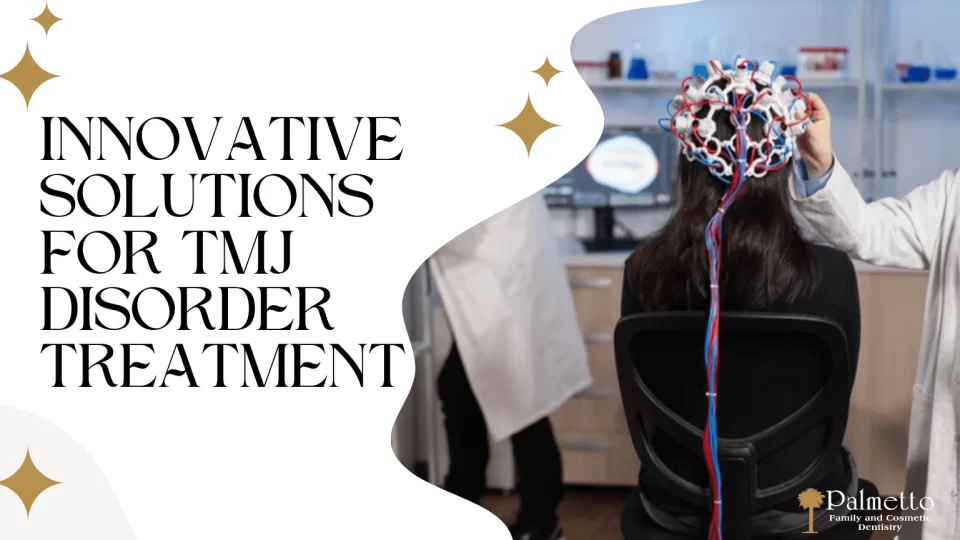Tooth extraction is a procedure that many people fear, whether it’s due to the pain or the perceived complexity of the process. However, advancements in dental technology and techniques have drastically improved the way tooth extractions are performed.
Today, tooth extractions are faster, more efficient, and more comfortable than ever before, thanks to cutting-edge innovations in modern dentistry. In this blog, we’ll explore how these advancements are transforming tooth extractions, offering a pain-free experience for patients and helping dentists achieve better results.
What are the Latest Advancements in Techniques For Tooth Extractions?
Tooth extraction techniques have come a long way over the years. While traditional methods may have relied on brute force and were often associated with pain, modern techniques focus on precision, safety, and patient comfort. Here are some of the latest advancements shaping the landscape of tooth extractions:
1. Laser-Assisted Extractions
Laser technology has revolutionized many aspects of dentistry, including tooth extractions. With laser-assisted procedures, dentists can target the affected tooth and surrounding tissue with extreme precision, reducing the need for incisions and minimizing trauma to the surrounding area.
Advantages of laser-assisted tooth extractions include:
- Reduced bleeding: Lasers cauterize tissue as they cut, significantly reducing bleeding.
- Faster healing time: With less damage to the surrounding tissue, recovery time is shortened.
- Minimal pain: Laser treatments often require less anesthetic and result in less postoperative discomfort.
2. Piezoelectric Technology
Piezoelectric technology uses ultrasonic vibrations to break apart bone without damaging surrounding tissues. This method is especially useful for removing impacted teeth or extracting teeth in areas where delicate structures need to be preserved, such as near nerves or sinuses.
The benefits of piezoelectric technology include:
- Precision: Ultrasonic vibrations allow for more controlled extractions, especially in difficult-to-reach areas.
- Less trauma: This technique reduces the risk of damaging nearby bone or tissue.
- Improved recovery: Since there is less tissue damage, healing time is reduced.
3. 3D Imaging and Guided Surgery
Advances in 3D imaging, such as Cone Beam Computed Tomography (CBCT), allow for more detailed views of a patient’s mouth. This technology helps dentists plan extractions with greater accuracy, particularly for complex cases like wisdom tooth extractions or teeth that are impacted.
Key benefits of 3D imaging and guided surgery:
- Precise planning: Dentists can view the exact location of the tooth, nerves, and bone structure, allowing for a more precise extraction.
- Reduced risk of complications: The 3D scan helps avoid critical structures like nerves and blood vessels, reducing the chance of complications.
- Less invasive procedures: With guided surgery, dentists can use smaller instruments, which leads to a less invasive procedure and a quicker recovery.
4. Minimally Invasive Techniques
Minimally invasive techniques involve the use of smaller instruments and more precise movements, often allowing for an extraction with less discomfort and less post-operative swelling. Some of these techniques include:
- Microdrills: These are used to remove tooth material in smaller, more precise amounts, reducing the need for large incisions.
- Minimal flap surgery: In some cases, dentists may make smaller incisions, or no incisions at all, to access the tooth for removal.
How Do Modern Tools Improve the Efficiency of Tooth Extractions?
Modern tools and technology have made tooth extractions quicker, more efficient, and more predictable. By reducing the complexity of the procedure, these innovations not only make extractions less stressful for patients but also help dentists perform the procedure in less time with better outcomes.
1. Rotary and Electric Handpieces
Traditional dental handpieces (drills) were slower and required more physical effort to remove teeth. However, modern electric handpieces are much faster, more efficient, and precise. These tools can cut through bone and tooth structure more easily, which means that the procedure takes less time, and there is less risk of complications.
The benefits of rotary and electric handpieces include:
- Faster procedure time: This speeds up the extraction process, reducing the time patients need to be under anesthesia.
- Reduced vibration and heat: Modern handpieces produce less vibration, making the process smoother and more comfortable.
- Better precision: Dentists can perform extractions with more precision, which minimizes the risk of damaging surrounding tissue.
2. Surgical Suction Devices
Advanced suction devices help keep the surgical site clean and free from debris during the extraction process. These tools allow for better visibility, which improves the dentist’s ability to perform the extraction accurately.
The advantages of these suction devices are:
- Better visibility: They clear away fluids and debris, allowing the dentist to see the area clearly, which is especially important in complicated extractions.
- Increased efficiency: These devices help maintain a clean environment, reducing the time it takes to complete the procedure.
3. Bone Grafting Tools
For patients who need bone grafting after an extraction (common when the tooth has been deeply impacted), modern bone grafting tools make the process smoother. These tools help extract bone material and prepare it for grafting with greater ease and precision.
Key benefits include:
- More effective grafting: Bone grafting tools ensure a better fit for the graft, improving the chances of successful healing.
- Faster recovery: With proper bone grafting, patients are able to recover more quickly and are better prepared for implants or other dental work.
Why are Advanced Techniques Important For Painless Tooth Extractions?
One of the primary concerns patients have when it comes to tooth extractions is the pain involved. Fortunately, advanced techniques have helped reduce the pain and discomfort associated with extractions. Here’s how:
1. Improved Anesthesia Delivery
Modern anesthetics are more effective and last longer than older options, ensuring that patients remain comfortable throughout the procedure. Additionally, the use of numbing gels or local anesthetics delivered via newer injection techniques ensures that the entire area around the tooth is completely numb, leaving no room for discomfort.
Benefits include:
- Targeted pain relief: Anesthetics can be precisely applied to the area around the tooth, providing focused relief.
- Long-lasting effects: Some modern anesthetics last longer, allowing the patient to remain pain-free during the recovery period.
2. Minimally Invasive Approach
As mentioned earlier, minimally invasive techniques reduce the amount of tissue damage during the extraction. The less trauma there is to the gums, jawbone, and surrounding areas, the less pain and discomfort patients experience both during and after the procedure.
- Less trauma: By using smaller incisions and fewer instruments, dentists can reduce post-extraction pain and swelling.
- Quicker healing time: With minimal tissue disruption, the healing process is often faster and less painful.
3. Laser Technology for Precision
Lasers offer a more precise and less invasive way to remove teeth and surrounding tissues. By using focused laser beams, the dentist can make smaller cuts, cauterizing the tissue as they go, which results in less bleeding and faster recovery.
How Do Dentists Ensure Patient Comfort During Tooth Extraction?
Ensuring patient comfort during tooth extraction is a top priority for modern dentists. Here are some of the ways dentists help you feel more at ease during and after the procedure:
1. Sedation Options
For patients who experience significant anxiety or fear about tooth extractions, sedation options such as oral sedatives, nitrous oxide (laughing gas), or even IV sedation are available. These options help patients relax and feel more comfortable during the procedure.
- Oral sedatives: These are given prior to the appointment and help ease anxiety.
- Nitrous oxide: This offers a light, calming effect without full sedation, allowing the patient to remain aware.
- IV sedation: For more complex or lengthy extractions, patients may be fully sedated, experiencing little to no memory of the procedure.
2. Post-Extraction Care
To ensure that the patient remains comfortable after the extraction, dentists provide thorough post-operative care instructions. Pain medications are prescribed if needed, and follow-up appointments are scheduled to ensure proper healing.
3. Gentle, Compassionate Care
Finally, a key factor in ensuring patient comfort is a gentle, compassionate approach. Dentists and their staff are trained to handle anxious patients with care, making sure they understand every step of the process and feel at ease before, during, and after the extraction.
Advanced techniques in tooth extractions are revolutionizing the dental experience, making procedures faster, more efficient, and, most importantly, more comfortable for patients. Through laser-assisted extractions, modern tools, improved anesthesia, and patient-centered care, dentists are shaping a future where tooth extractions are no longer a source of dread but a quick and pain-free process. With these advancements, dental procedures continue to improve, ensuring that patients have a smooth experience from start to finish.
Ready for a Pain-Free Dental Experience? Schedule Your Consultation Today!
If you’re due for a tooth extraction or simply want to learn more about how modern techniques can make your procedure easier and more comfortable, don’t wait. At Palmetto Family and Cosmetic Dentistry, we use the latest advancements to ensure your dental care is as efficient and pain-free as possible. Contact us today to schedule your consultation and experience the difference for yourself!



